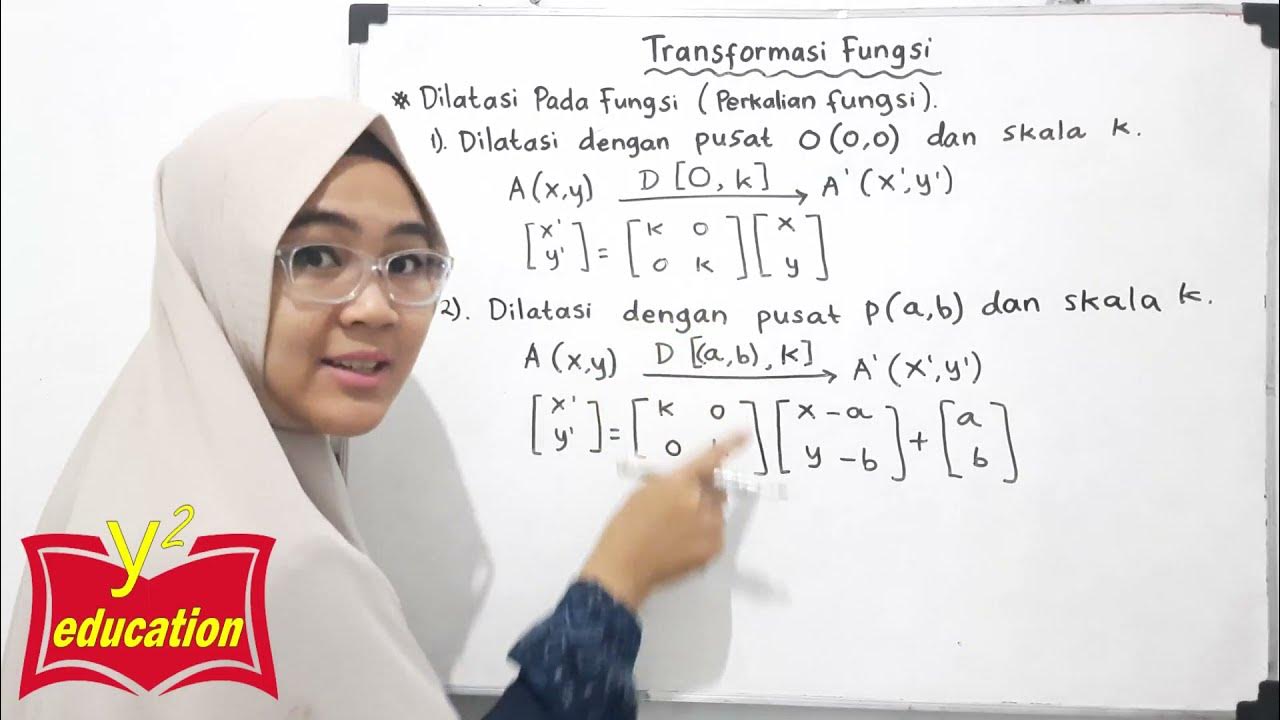At 005 Scale
Summary
TLDRIn this video, the concept of scale is explained, particularly in relation to maps. Scale is the ratio between the distance on a map and the actual distance in real life. The video demonstrates how scales are written, such as 1:50,000, and how to interpret them. An example is provided where a distance of 2 cm on a map corresponds to 4 km in reality. The explanation covers how to convert units (e.g., kilometers to centimeters) and apply the scale formula to calculate actual distances on a map. The video concludes with a practical example to calculate map scale accurately.
Takeaways
- 😀 Scale refers to the comparison between distances on a map and the actual distance in real life.
- 😀 Scales on maps are usually written as a ratio, such as 1:50,000 or as a fraction, like 1/50,000.
- 😀 In the example 1:50,000, 1 cm on the map represents 50,000 cm in real life.
- 😀 To convert between centimeters and kilometers, remember that 1 km = 100,000 cm.
- 😀 When calculating the scale, the formula used is: scale = JP (distance on the map) ÷ JS (real-life distance).
- 😀 A practical example shows that if the distance on the map between two houses is 2 cm and the real distance is 4 km, the scale can be calculated.
- 😀 For the example, convert 4 km to centimeters: 4 km * 100,000 = 400,000 cm.
- 😀 Using the formula, the scale for the map is 1 cm = 200,000 cm in real life.
- 😀 Understanding scale is important for accurate distance measurement on maps and understanding real-world distances.
- 😀 Always ensure that the units of measurement are consistent when calculating scales, such as converting kilometers to centimeters before applying the formula.
Q & A
What is the main topic of the video?
-The main topic of the video is about understanding the concept of scale, specifically how it is used in maps to represent distances.
What does scale represent in a map?
-Scale represents the comparison between distances on a map and the actual distances in reality. It shows how much a map has been reduced or enlarged relative to the real-world size.
How is scale typically written on a map?
-Scale is usually written in the form of '1:xxxx' or '1/xxxx', where the number represents how many times the distance on the map corresponds to the actual distance in reality.
What does '1:50,000' mean in terms of scale?
-'1:50,000' means that 1 cm on the map equals 50,000 cm in the real world. This is the ratio used to measure distances between points on the map compared to actual distances.
How do you convert map measurements into real-world distances?
-To convert map measurements to real-world distances, you use the scale. For example, if the scale is 1:50,000, and the distance on the map is 1 cm, then the actual distance is 50,000 cm, or 0.5 km.
What formula is used to calculate scale?
-The formula used to calculate scale is: Scale = JP (distance on the map) / JS (actual distance). JP is the measurement on the map, and JS is the real-world measurement.
What does 'JP' and 'JS' stand for in the formula?
-'JP' stands for 'Jarak pada Peta' (distance on the map) and 'JS' stands for 'Jarak Sesungguhnya' (actual distance). These variables are used in the formula to calculate scale.
How would you calculate the scale if the distance on the map is 2 cm and the actual distance is 4 km?
-First, convert 4 km to centimeters (4 km = 400,000 cm). Then, use the formula: Scale = 2 cm / 400,000 cm. This simplifies to a scale of 1:200,000, meaning 1 cm on the map represents 200,000 cm in reality.
Why is it necessary to convert units when calculating scale?
-It is necessary to convert units when calculating scale to ensure that both the map distance and the real-world distance are in the same unit of measurement. This avoids errors and allows for accurate calculations.
What does the scale '1:200,000' imply in terms of real-world distance?
-A scale of '1:200,000' means that 1 cm on the map represents 200,000 cm (or 2 km) in the real world. It shows how much smaller the map is compared to actual distances.
Outlines

This section is available to paid users only. Please upgrade to access this part.
Upgrade NowMindmap

This section is available to paid users only. Please upgrade to access this part.
Upgrade NowKeywords

This section is available to paid users only. Please upgrade to access this part.
Upgrade NowHighlights

This section is available to paid users only. Please upgrade to access this part.
Upgrade NowTranscripts

This section is available to paid users only. Please upgrade to access this part.
Upgrade NowBrowse More Related Video

ESCALAS NUMÉRICAS: Teoria e Exemplos | Matemática Básica - Aula 28

Transformasi Fungsi #Part 2// Dilatasi Fungsi // Perubahan Grafik Fungsi Akibat Dilatasi/Perkalian

Belajar Menghitung Skala Suplemen Modul

Types of Maps and Map Scale - Beginning Social Studies 2 for Kids!

PENGETAHUAN DASAR PETA

RELATIONS - DISCRETE MATHEMATICS
5.0 / 5 (0 votes)